All Posts
View Other Categories
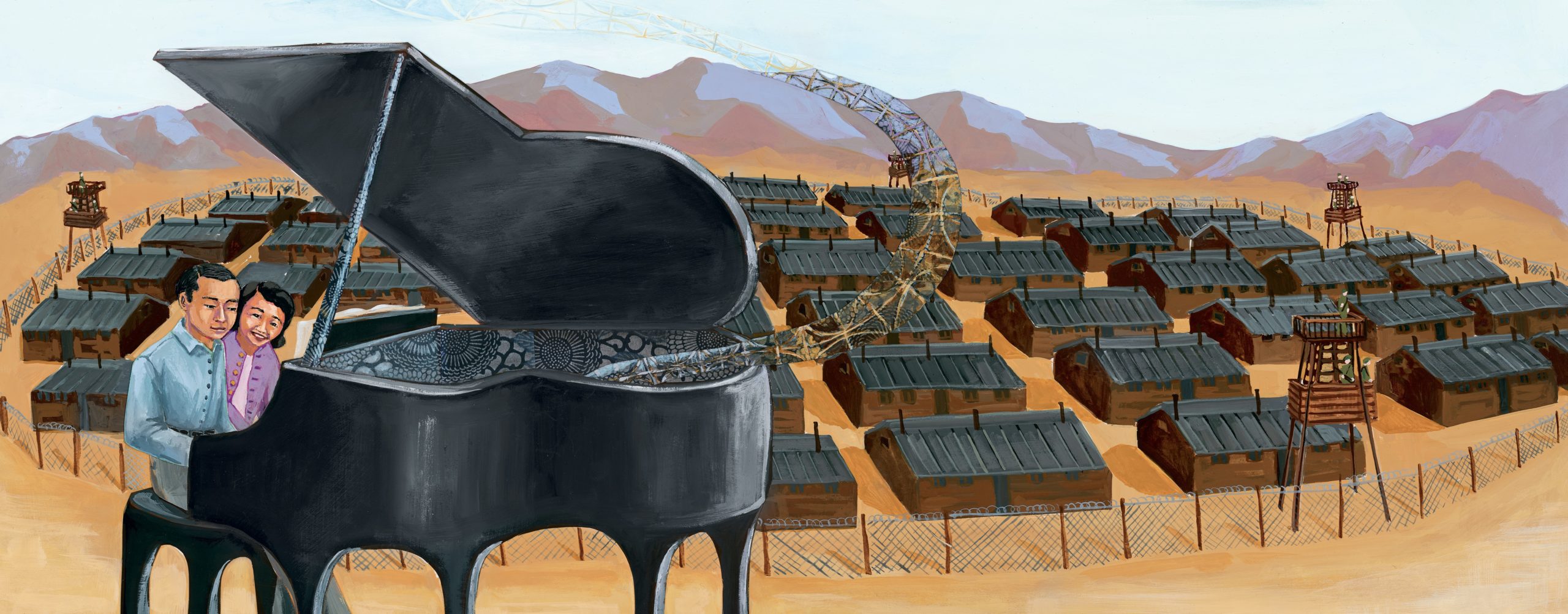
In Conversation: Artist and Author Katie Yamasaki
Artist and children’s book author Katie Yamasaki has traveled around the world creating murals and stories that explore issues of identity and social justice. Her latest book, Shapes, Lines, and…
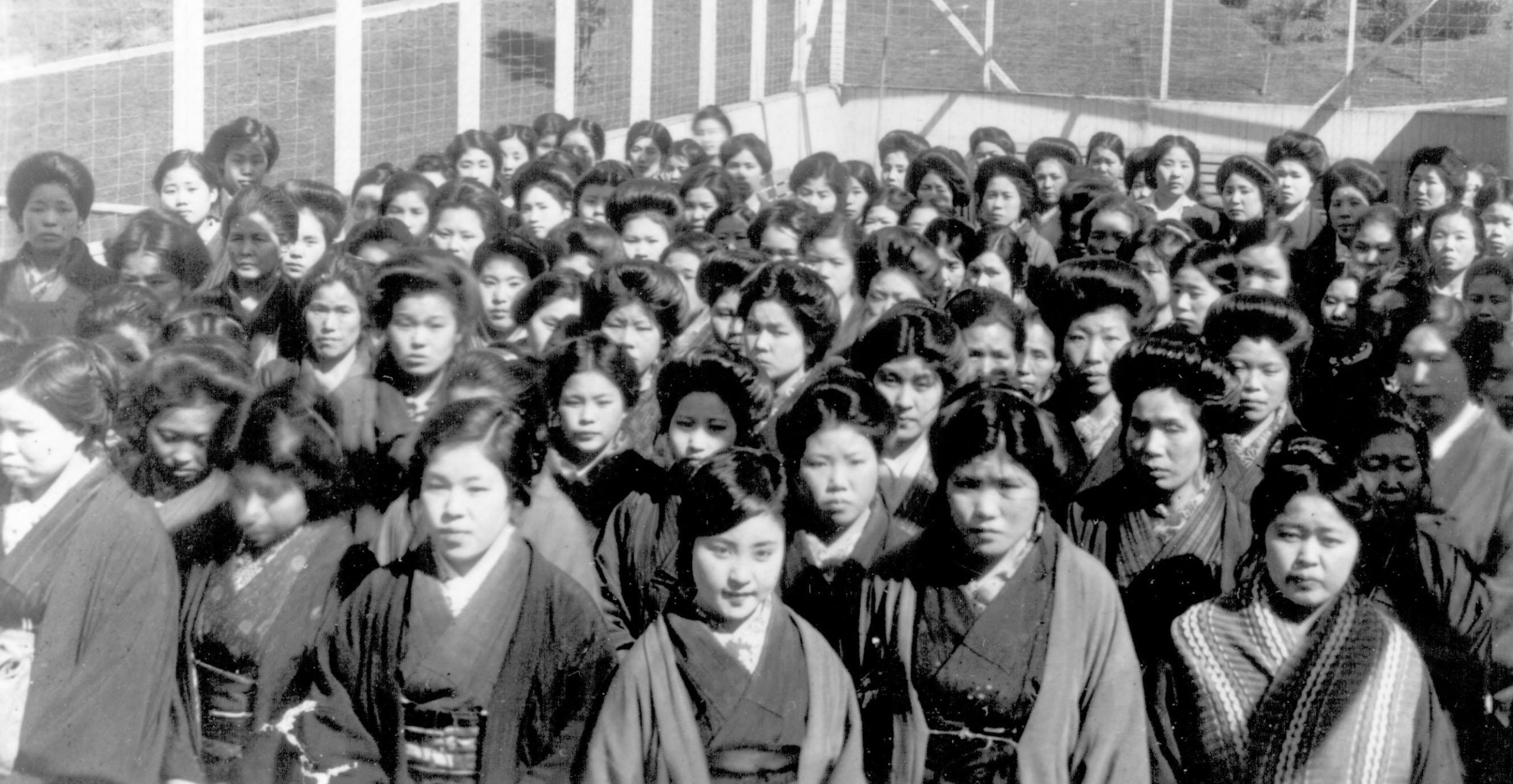
This Classic Novel by Yoshiko Uchida Chronicles the Dreams and Struggles of Japanese Picture Brides
In an excerpt from her foreword to a new re-release of Yoshiko Uchida’s Picture Bride, Elena Tajma Creef shines a light on the unsung history of the women who inspired…
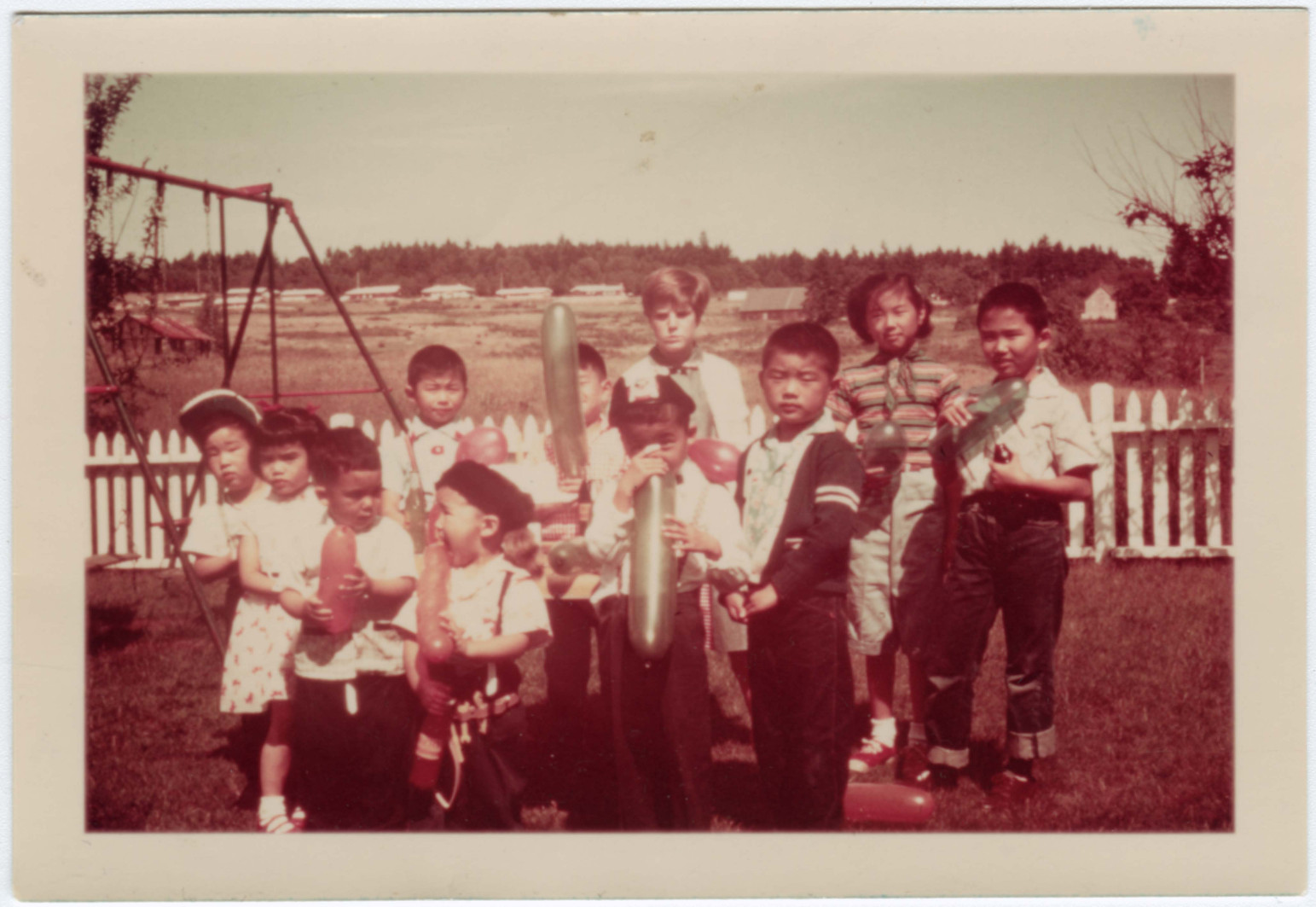
Happy 100th Birthday to These 17 Nisei Notables
The early 1920s were the peak of the Nisei baby boom and, according to War Relocation Authority records, the year 1923 saw the second largest number of Nisei (and undoubtedly…
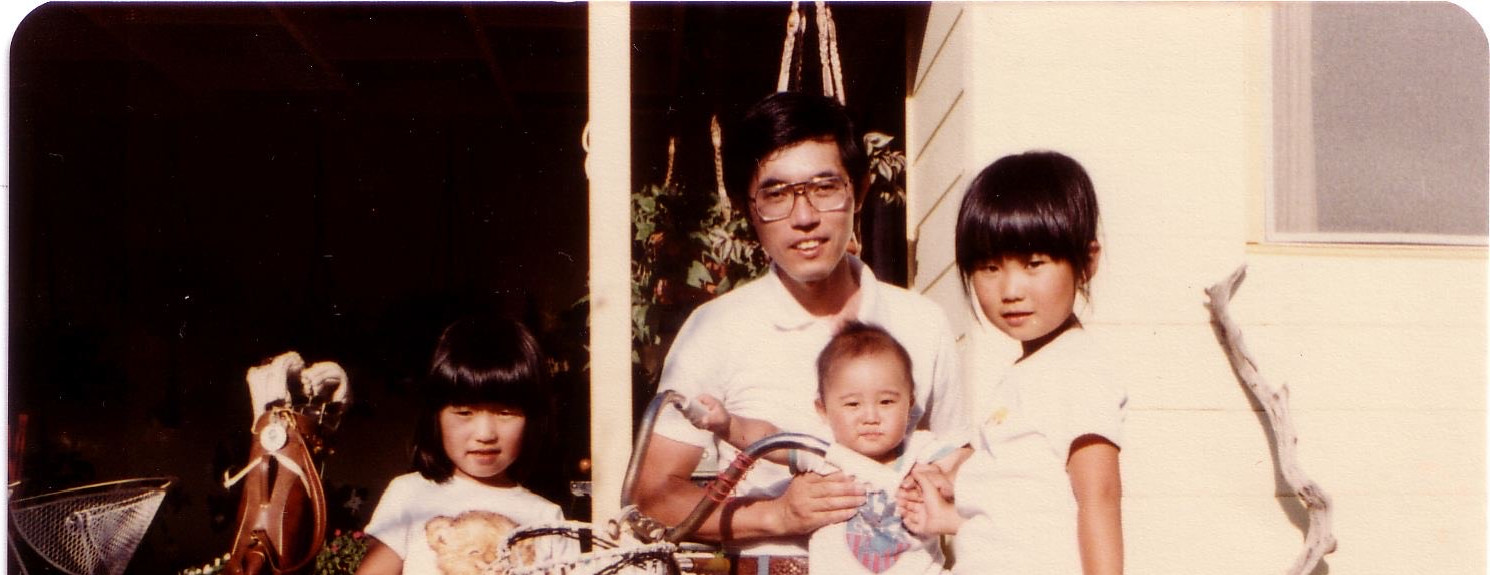
How Naomi Ostwald Kawamura’s Family History Shaped Her Life: An Interview with Densho’s New Executive Director
Densho’s new executive director Naomi Ostwald Kawamura brings with her a deep knowledge and passion about public education’s role in ensuring that the stories of Japanese American WWII incarceration reach…
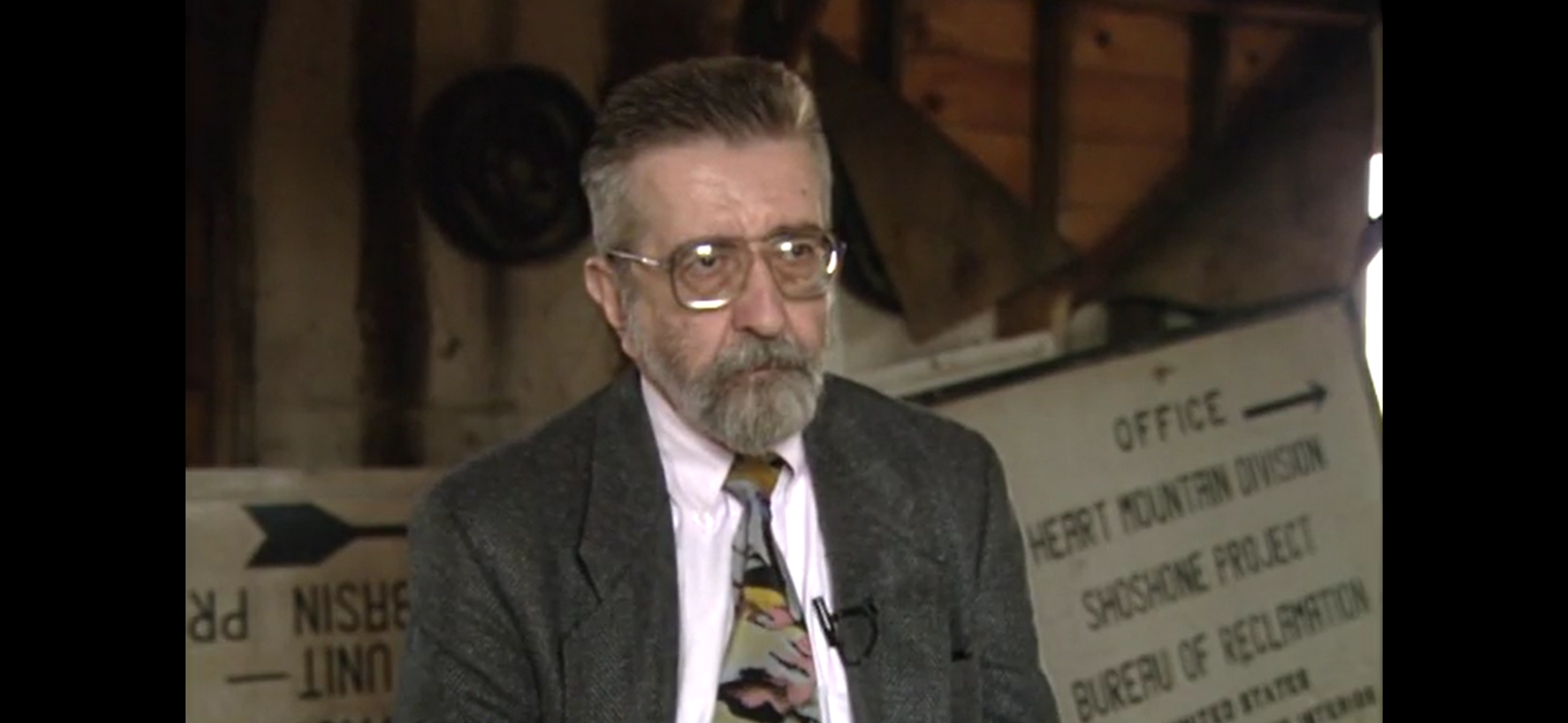
Remembering Roger Daniels
Roger Daniels passed away on December 9th, shortly after celebrating his 95th birthday. Daniels was regarded by many to be the pre-eminent historian of his generation on the Japanese American…
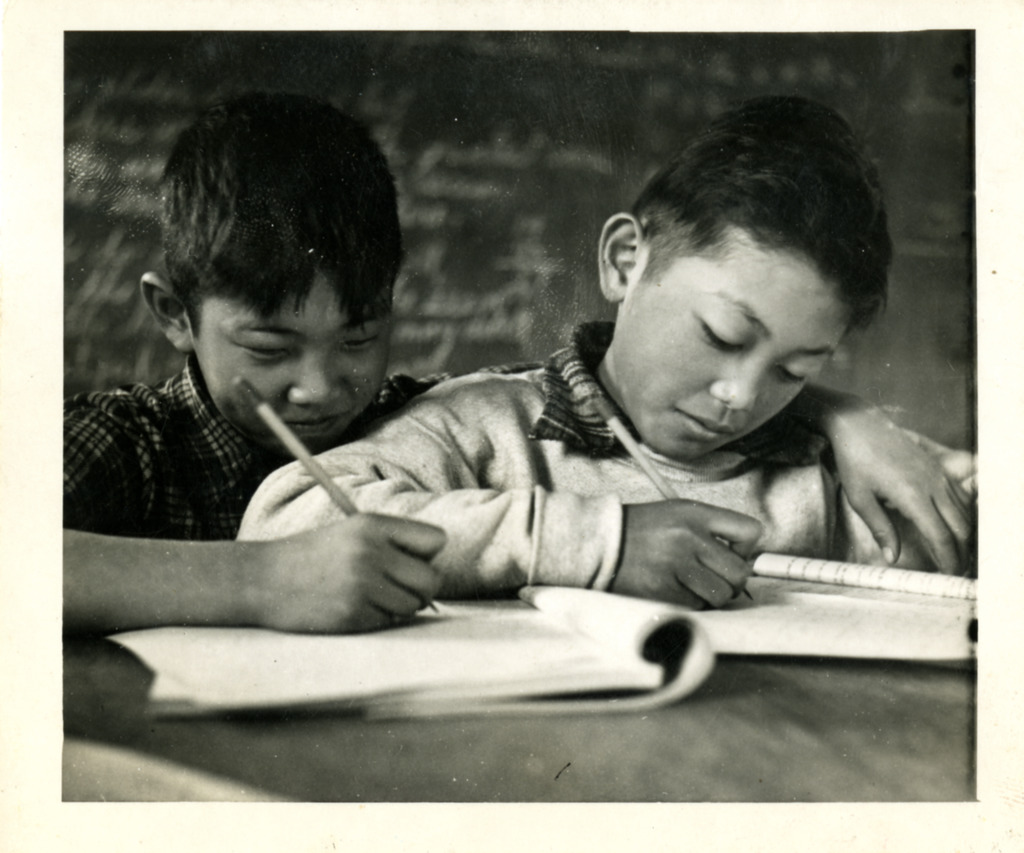
Counting Down Our Top 10 Reads from the Densho Catalyst in 2022
As we approach the end of 2022, we’re looking back at the highs — and lows — of the past year. Here are this year’s top ten most-read pieces from…

Mine Okubo Illustrated a Book About Invading Alien Santas That You’ve Probably Never Seen…Until Now
Mine Okubo was best known for her 1946 illustrated memoir, Citizen 13660, which depicted her incarceration at Tanforan and Topaz. While that book brought her the most acclaim, Okubo was…
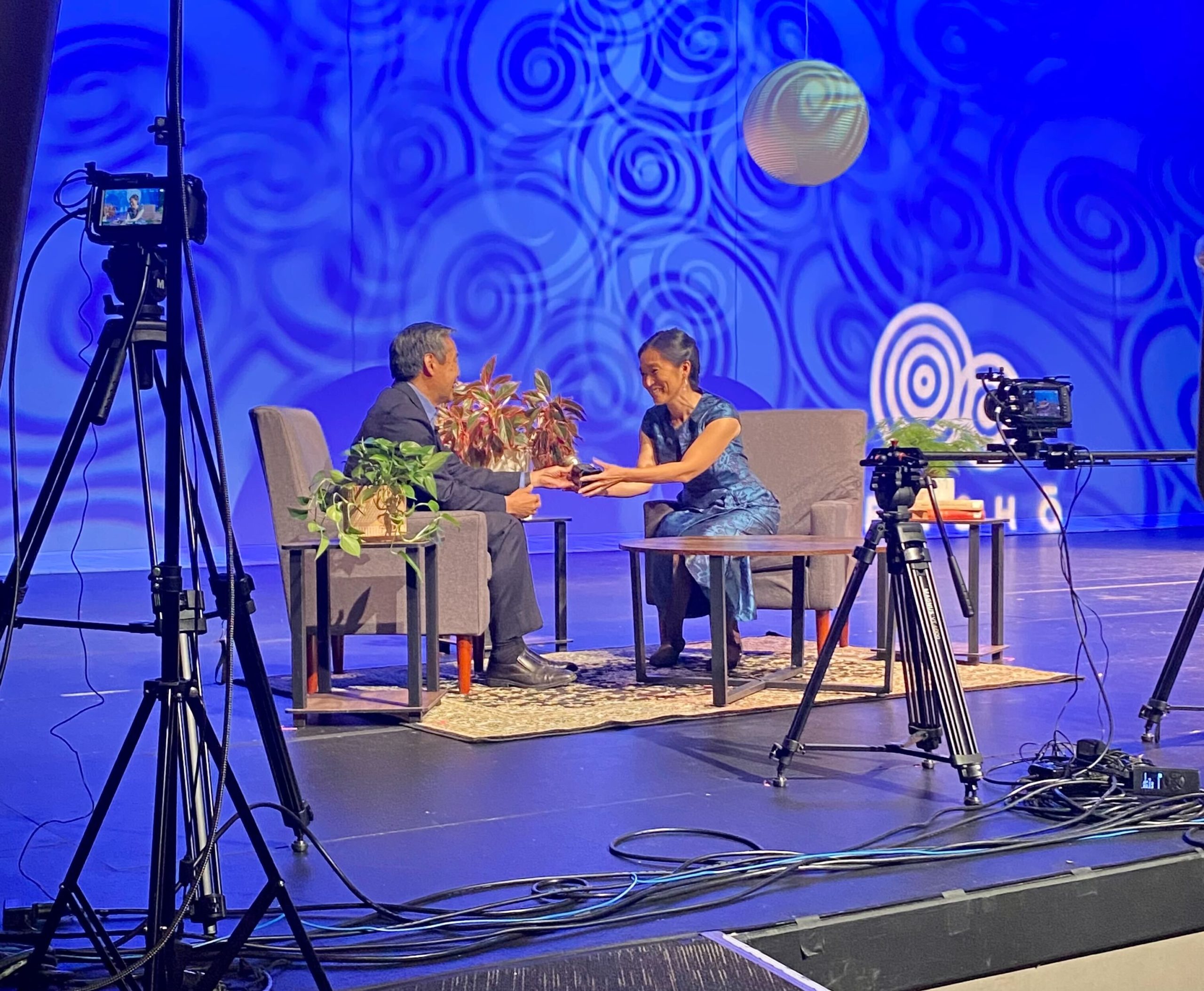
Highlights from the 2022 Densho Virtual Gala: Telling Our Next Story
Thank you to everyone who joined us on November 3 to make the Densho Virtual Gala a very special event! Even though we weren’t able to gather in person, we…
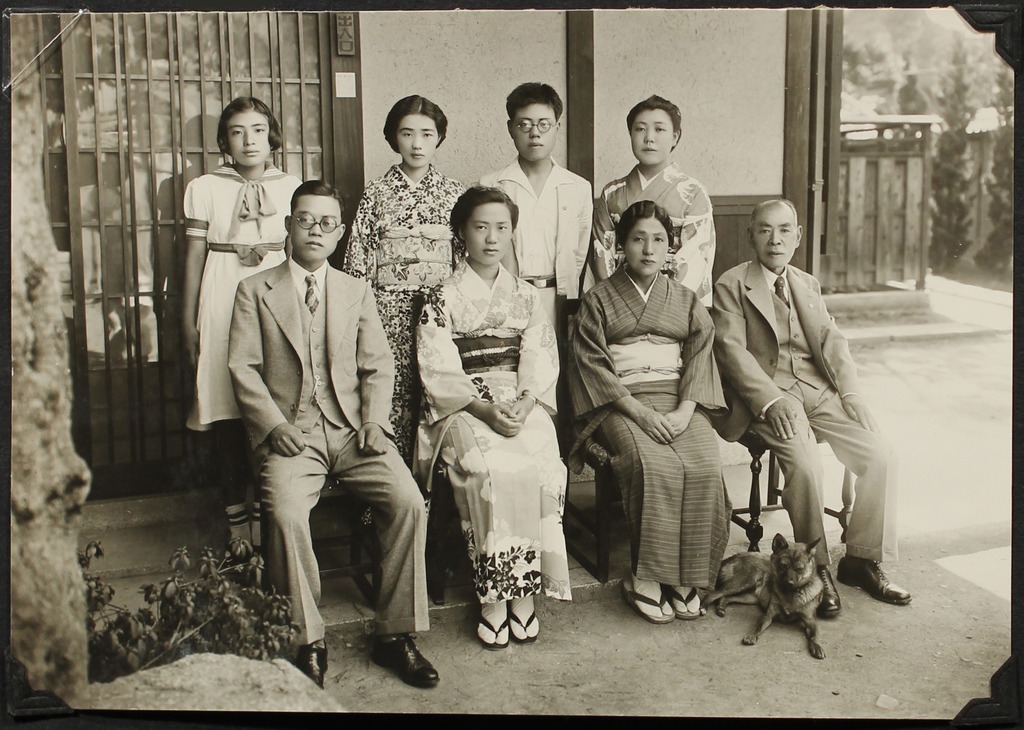
Two Books That Shine New Light on the Nisei Experience in Japan
I’ve always thought of myself as a somewhat atypical Sansei in various ways, chief among them, that one of my Nisei parents—my mother in this case—was a bit more “Japanesy”…
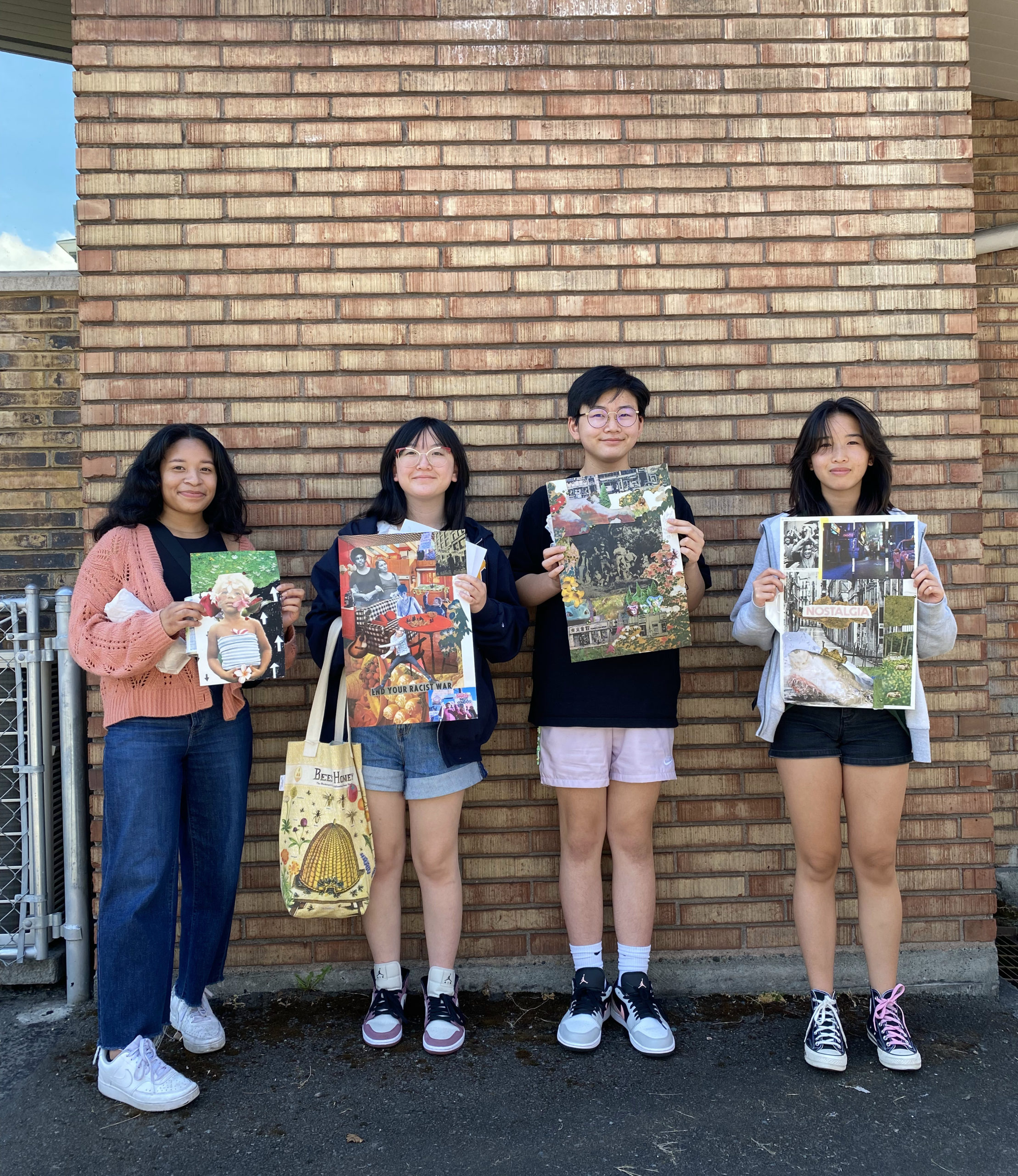
Sharing Gidra’s Lessons on Art and Solidarity with the Next Generation of Student Activists
Over the past several months, Densho staff worked with some incredible artists and educators to develop a hands-on zine-making workshop for middle and high school students. Using the radical Asian…
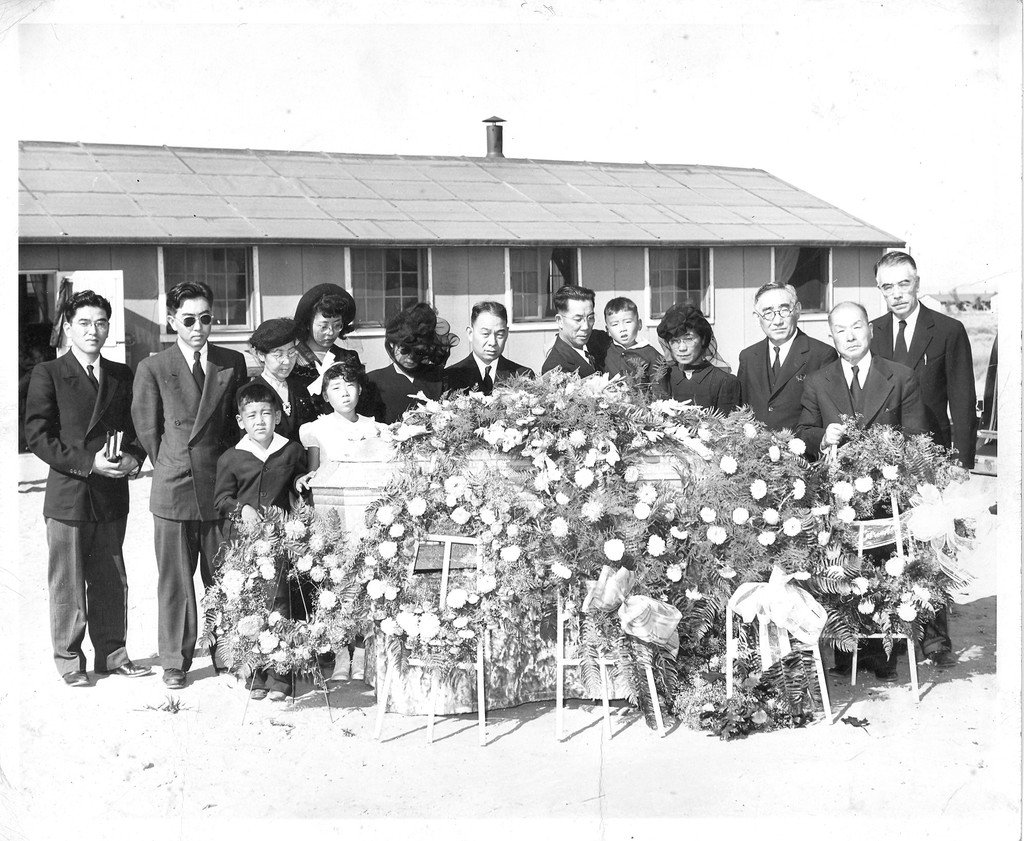
Ask a Historian: What Did Funerals Look Like in Camp?
In this latest query from Densho Content Director Brian Niiya’s “Ask a Historian” series, Shelley Lekven asks what funerals looked like for Japanese Americans incarcerated during World War II: Do…

Iron Fences and Pepper Pods: Four Poets at Tule Lake and their Stories
Shootings by guards, martial law, divided loyalties among families, intra-camp conflicts and antagonistic administrators, and mass renunciations of U.S. citizenship all contributed to making Tule Lake—initially one of ten War…
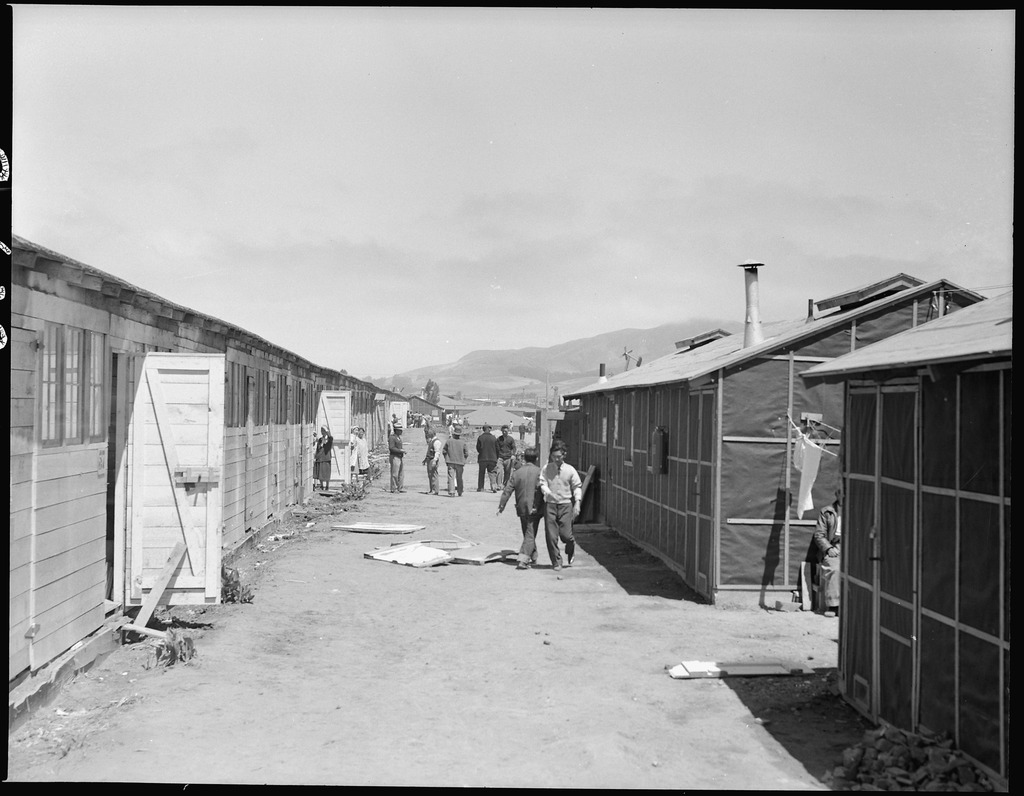
Horse Stall Housing, Spoiled Ham, and Other Stories of Life in Tanforan
The second largest of the so-called “assembly centers” with a peak population of 7,816, Tanforan was built on the site of the Tanforan Racetrack in San Bruno, California, near the…
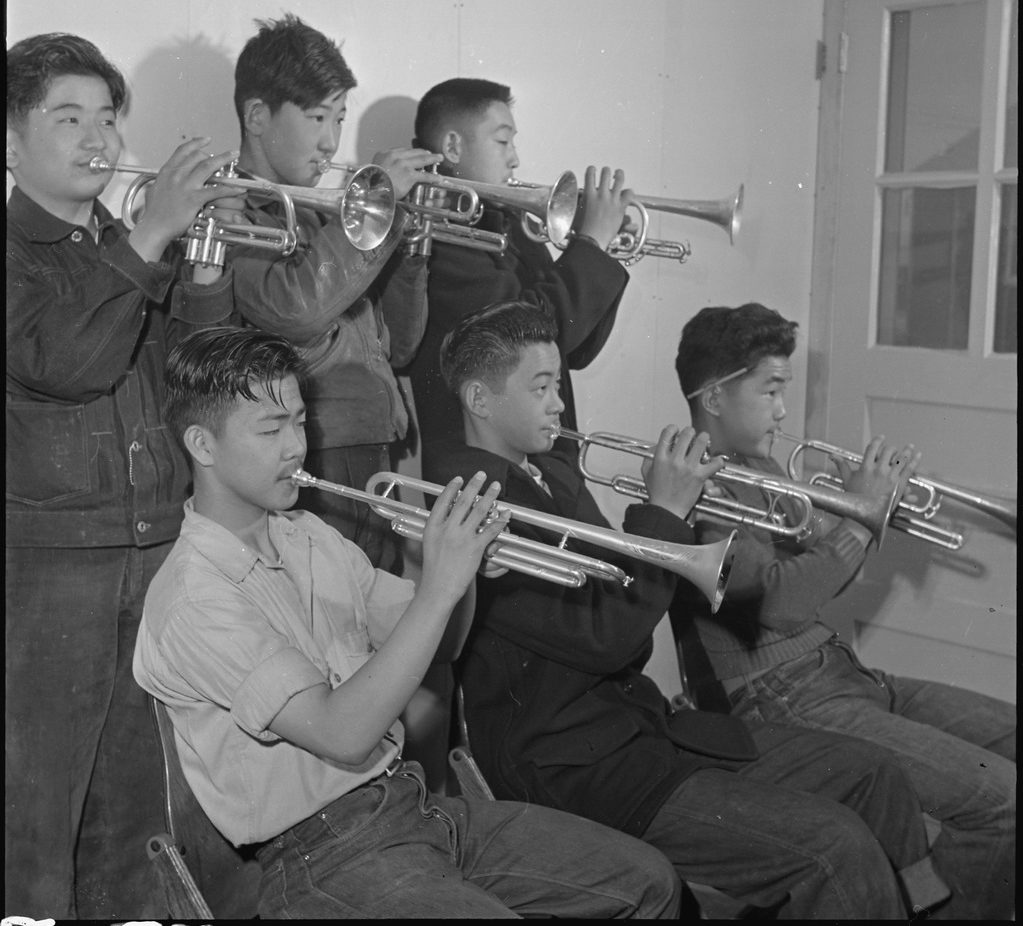
Four Nisei Jazz Stars You’ve Probably Never Heard Of
As the music genre that defined the United States for the first half of the 20th century, jazz had a deep impact on Japanese Americans. For many Nisei, music served…
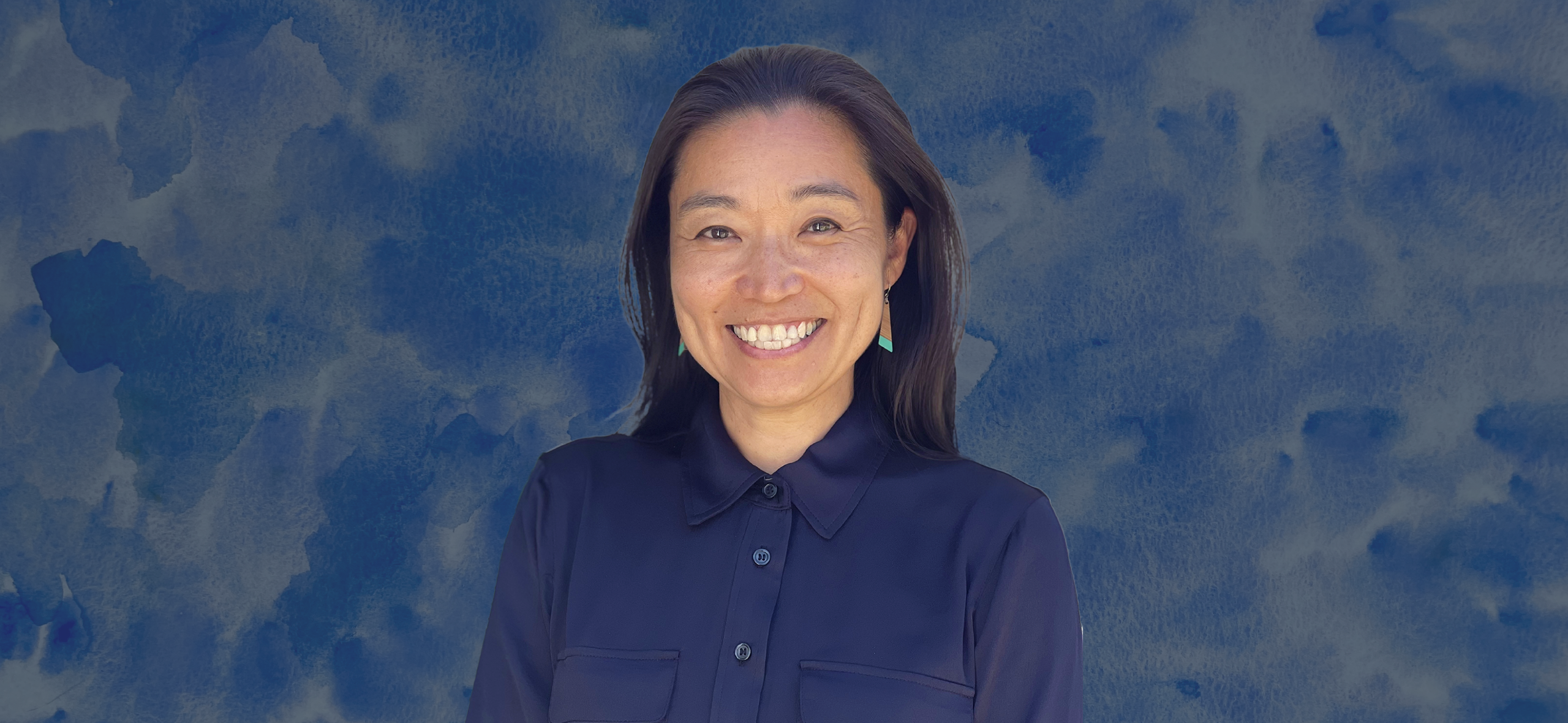
Introducing Densho’s New Executive Director
After an exhaustive national and international search, the Densho Board of Directors is pleased to announce Naomi Ostwald Kawamura is the organization’s next Executive Director. Ostwald Kawamura will join Densho…

Photo Essay: 2022 Heart Mountain Pilgrimage
Several Densho staff members were honored to be among the attendees of the 2022 Heart Mountain Pilgrimage this past weekend. This was Heart Mountain’s first major on-site pilgrimage since the…
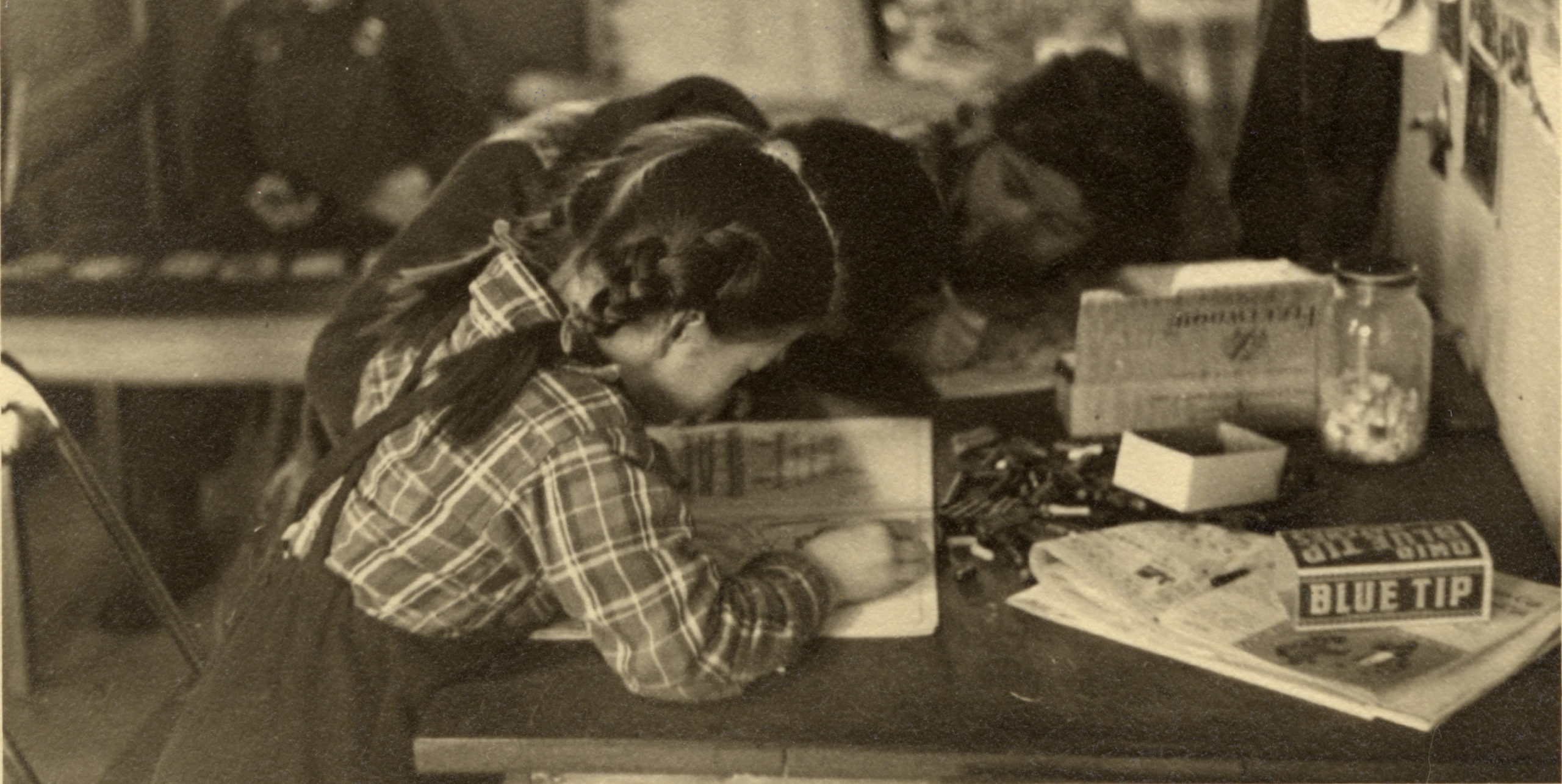
The Japanese American History Books Your Little One Needs in Their Library
Given the many books on the forced removal and incarceration of Japanese Americans during World War II aimed at teenage audiences, it is a bit surprising that there are relatively…
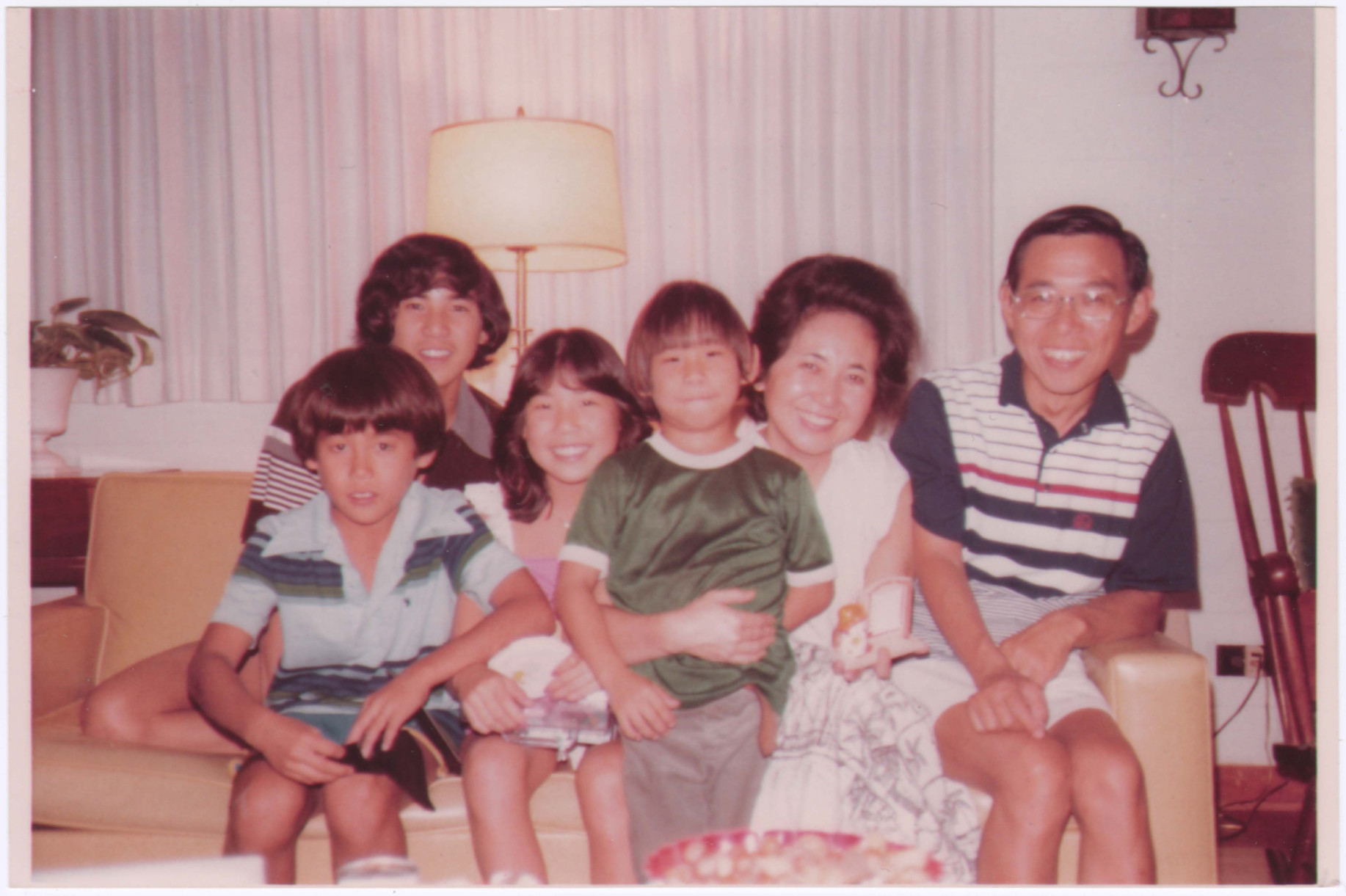
Archives Spotlight: The Miwa Family’s Transnational WWII Journey
The James Seigo Miwa Family Collection is a new and fascinating addition to the Densho Digital Repository. It includes family photos and documents relating to Miwa’s detainment as an “enemy…
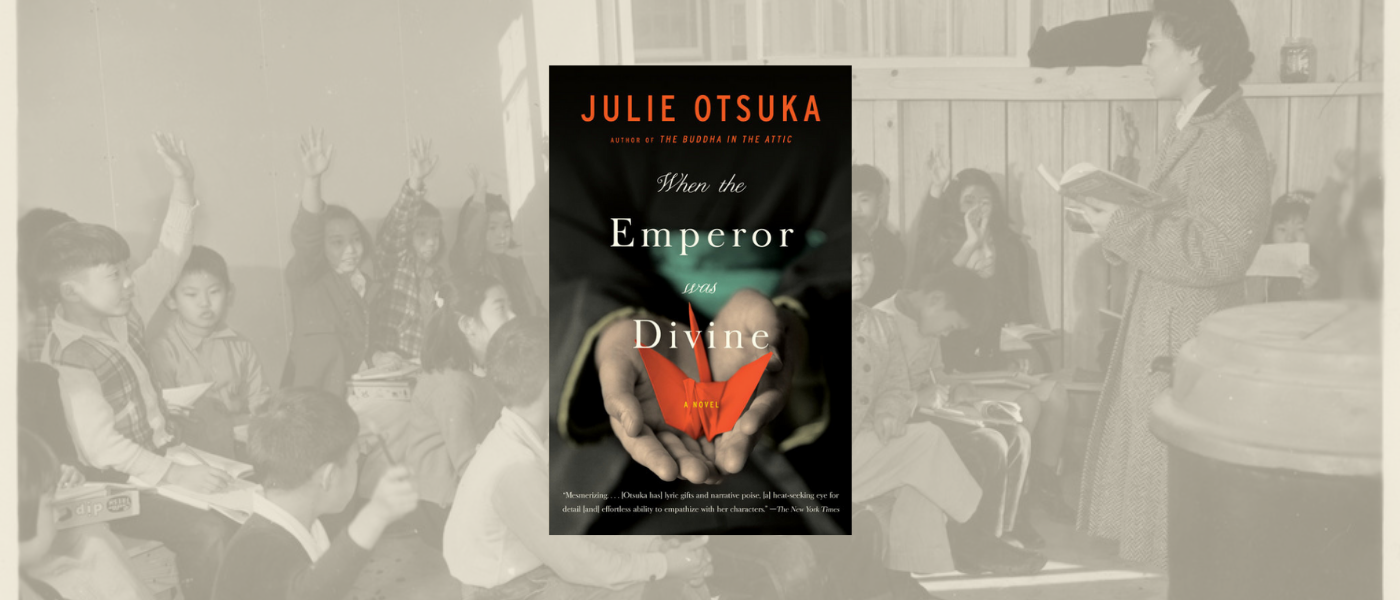
Hey Muskego-Norway School Board, Your White Fragility is Showing
Julie Otsuka’s novel, When the Emperor Was Divine, has received numerous distinctions: an Alex Award from the American Library Association; a Literature Award from the Asian/Pacific American Librarians Association, and…

A Peek at Densho’s First Graphic Novel by Molly Murakami
We’re excited to share a new graphic novel by 2021 Densho artist-in-residence Molly Murakami! Tide Goes Out takes an intimate look at the lesser-known history of Terminal Island, a Japanese…

“Show Me The Way To Go to Home”: Photo Essay by Sandy Sugawara
Three years ago, Sansei journalist and photographer Sandy Sugawara set out to visit each of the War Relocation Authority camps where Japanese Americans, including her parents and grandparents, were incarcerated…
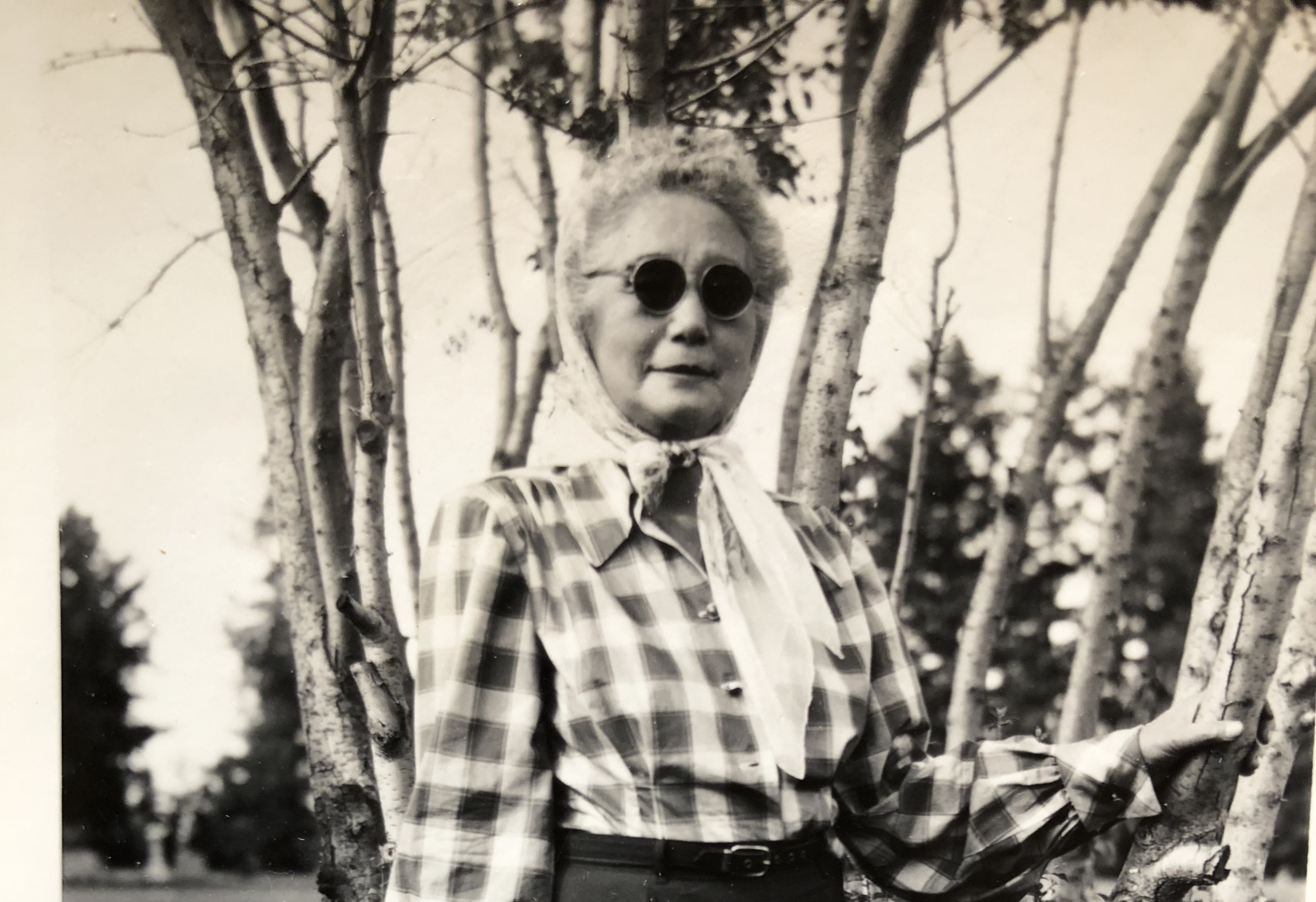
A Japanese Picture Bride in Montana: The Story of Aya Hori Masuoka
In this guest post, Kathryn Tolbert, creator of the oral history archive The War Bride Project, shines some light on the experiences of Japanese immigrant women in Montana through the…
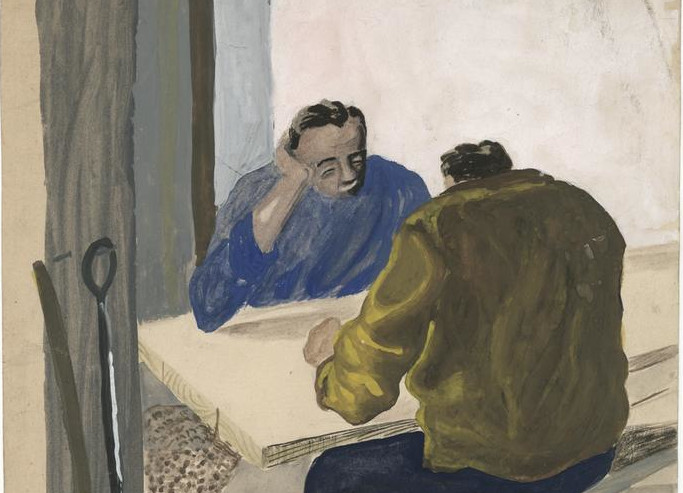
Meet Densho’s 2022 Artists-in-Residence
We’re delighted to introduce Densho’s 2022 Artist-in-Residence cohort! This year’s call for artists garnered more submissions than ever before and it was incredible to see all the creative ways y’all…
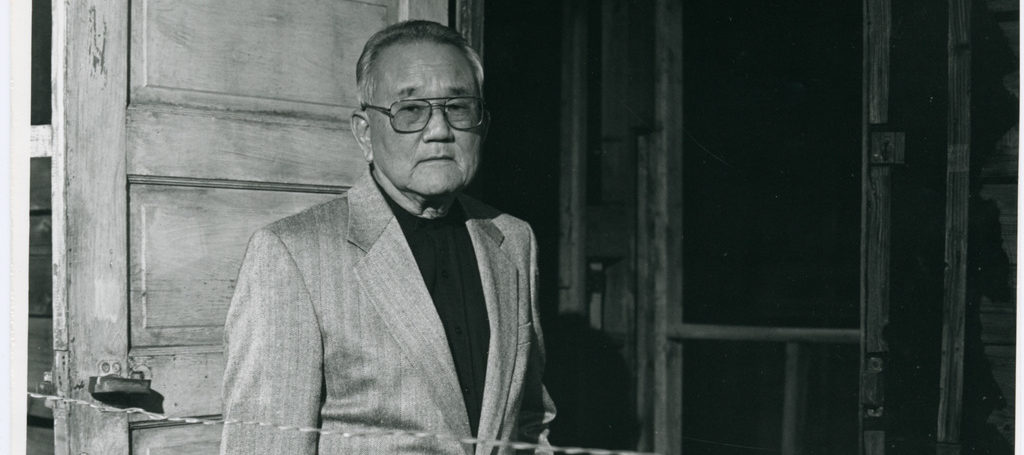
Book Review: Beyond the Betrayal
Yoshito “Yosh” Kuromiya is best known as one of the sixty-three men from Heart Mountain convicted in 1944 for refusing to report for induction in the largest mass trial in…
